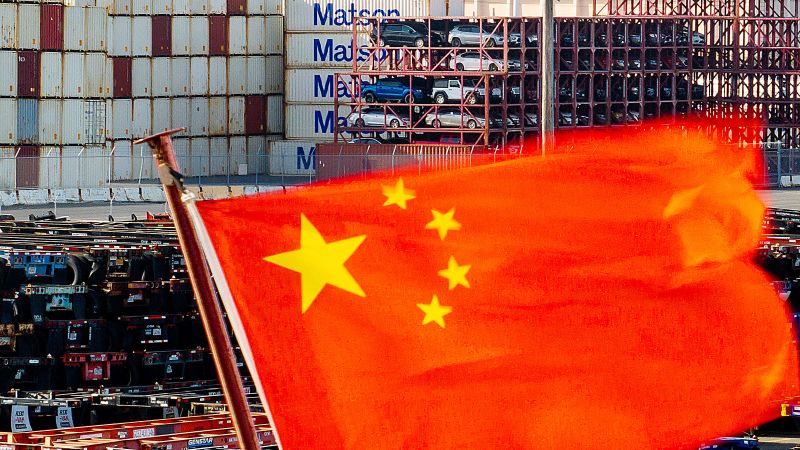The United States government has recently announced its intention to impose new port fees on ships originating from China, a move that aims to support the revival of American shipbuilding amid growing competition and dominance from Chinese manufacturers in the maritime industry. The initiative reflects a broader trade strategy enacted by the Trump administration, which has been characterized as an all-encompassing trade war against China.
President Donald Trump has positioned this trade war as a concerted effort to bring manufacturing back to the United States. However, critics and economists express significant concerns regarding the potential repercussions of such aggressive policy measures. They worry that these actions could lead to a global economic downturn, adversely affecting consumers with rising prices and disrupting international trade relationships.
In an official notification posted on the Federal Register by the US Trade Representative (USTR), the details of the new fees were revealed. Starting in 180 days, the U.S. plans to levy fees on all ships built and owned by Chinese companies that dock at American ports. The charges will be based on net tonnage and the goods transported during each voyage, effectively imposing an economic barrier that could deter the entry of Chinese vessels into U.S. markets.
The phased implementation of these fees indicates a strategic approach, with the possibility of further increases in subsequent years. Notably, this announcement represents a significant shift from earlier proposals entertained in February, which suggested imposing fees up to $1.5 million for each port call by Chinese-built ships. Such high proposed fees faced widespread backlash from the maritime industry, prompting a reconsideration of the approach by the administration.
US Trade Representative Jamieson Greer articulated the administration’s rationale, emphasizing the importance of ships and shipping to the economic security of the United States and the fluidity of commerce. Greer stated that these new measures would work to counteract Chinese dominance in the shipping sector, address vulnerabilities in the U.S. supply chain, and encourage demand for ships built in the United States.
According to reporting from Reuters, starting from October 14, ships constructed in China and owned by Chinese firms will incur a fee of $50 per net ton. This charge will subsequently increase by $30 each year for a total of three years. Alternatively, vessels could opt for a different calculation method, which would charge $120 for each container discharged, climbing to $250 over the same timeframe. Furthermore, Chinese-built ships operated by non-Chinese firms will be subject to a lower fee of $18 per net ton, with annual increments of $5.
This new levy on Chinese cargo vessels comes amidst escalating trade tensions between the two largest global economies. The Trump administration has already raised tariffs on Chinese goods to an unprecedented combined rate of 145%, prompting retaliatory measures from Beijing, including the imposition of 125% duties on American products, effectively locking both nations in a contentious trade battle.
During discussions about these tariffs at the White House, President Trump indicated a potential willingness to pause further escalation in tariff increases. Trump acknowledged the risks involved, stating, “I don’t want them to go higher because at a certain point you make it where people don’t buy.” This suggests that while the administration is committed to its overarching trade strategies, it also recognizes the delicate balance required to maintain consumer demand and avoid heightened economic adversity.



